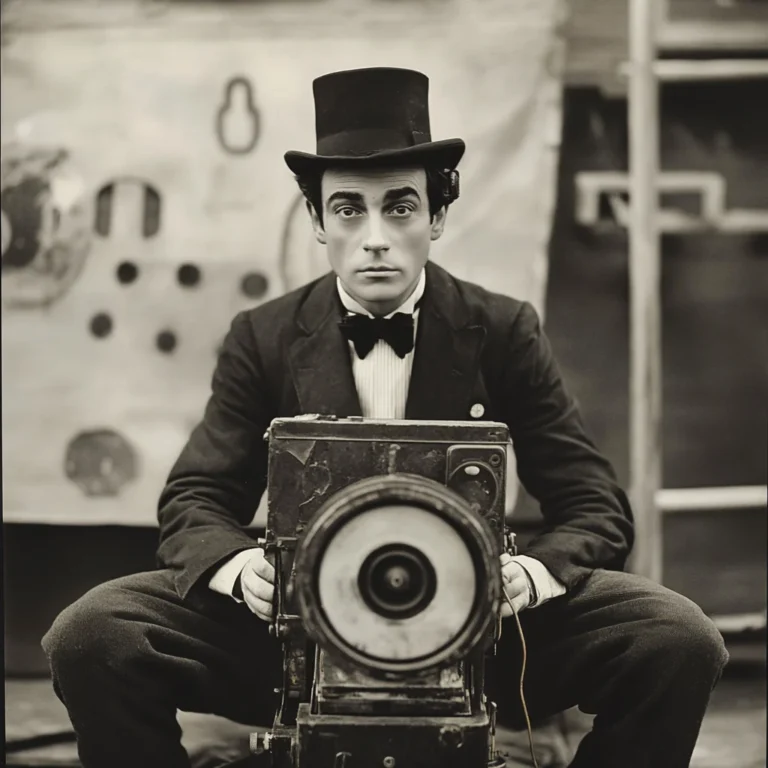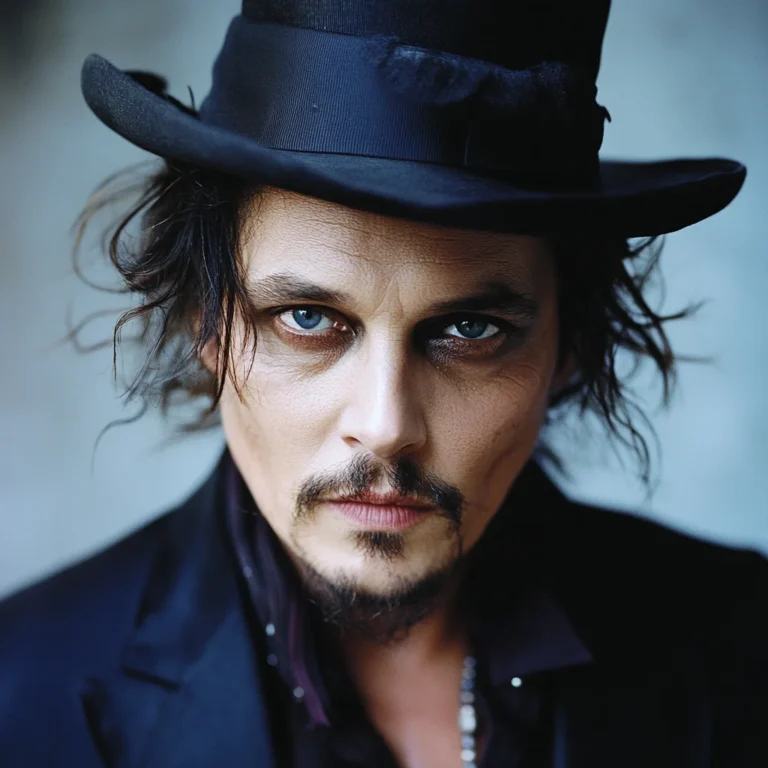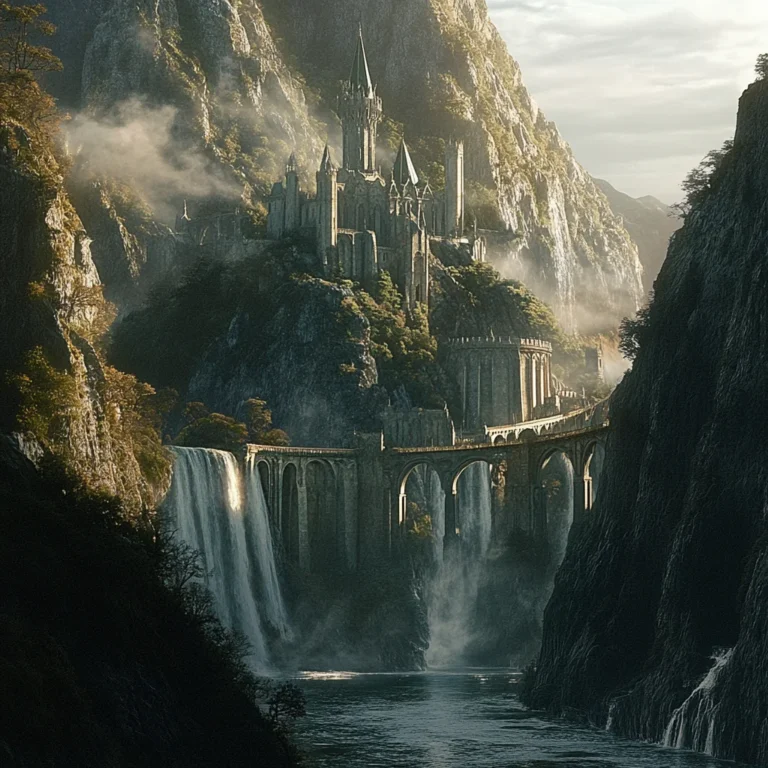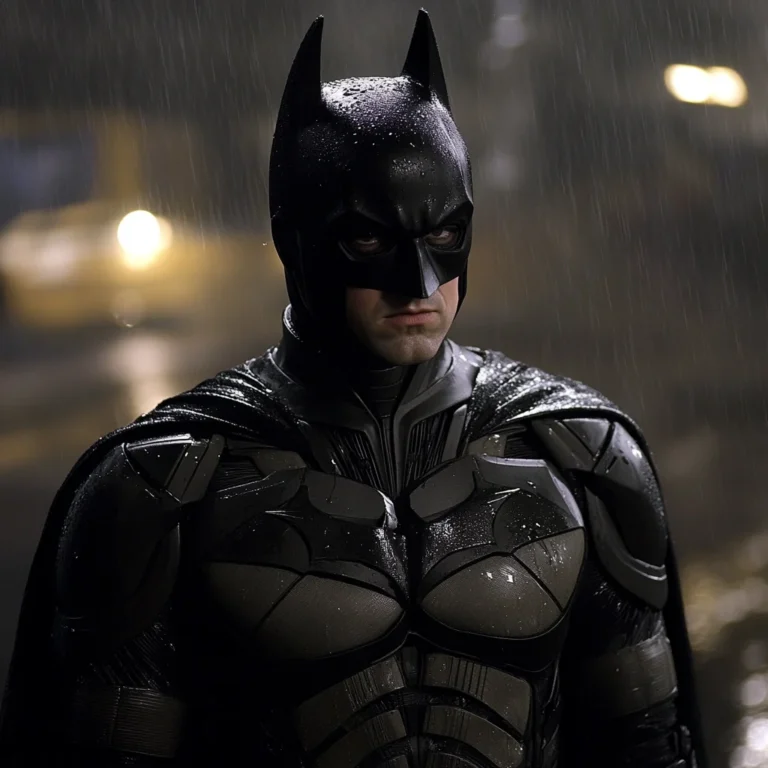Buster Keaton's real name was Joseph Frank Keaton, but he earned the nickname 'Buster' from Harry Houdini after he took a tumble down the stairs as a child and emerged unscathed.
Keaton started performing in vaudeville at the age of three, working alongside his parents in a family comedy act known as 'The Three Keatons.'
He was known for his 'Great Stone Face' expression, a stoic look that became his trademark and contrasted with the chaotic situations his characters often found themselves in.
Buster Keaton performed all of his own stunts, many of which were incredibly dangerous, including the famous falling house facade scene in 'Steamboat Bill, Jr.'
His 1926 film 'The General' is considered one of the greatest silent films ever made, though it was a commercial failure at the time of its release.
Keaton was a pioneer in the use of special effects and innovative camera techniques, such as the use of multiple exposures and reverse footage.
He was a talented acrobat and gymnast, skills he utilized in his films to execute complex physical comedy routines and stunts.
Despite his success in silent films, Keaton's career declined with the advent of talkies, as he struggled with the transition to sound films.
Buster Keaton experienced a career resurgence in the 1950s and 1960s, appearing in television shows, commercials, and cameo roles in films.
He was awarded an honorary Academy Award in 1960 for his unique achievements in the art of motion pictures.
Keaton's films were often centered around themes of perseverance and ingenuity, with his characters using their wits and resourcefulness to overcome obstacles.
He was an avid baseball fan and even incorporated his love for the sport into his films, including the famous baseball scene in 'The Cameraman.'
Keaton's influence can be seen in the work of modern filmmakers such as Wes Anderson, Jackie Chan, and Martin Scorsese.
He was married three times and had two sons, but his personal life was often tumultuous, particularly during the years when he struggled with alcoholism.
Buster Keaton passed away on February 1, 1966, but his legacy continues to live on, with his films regularly celebrated at film festivals and retrospectives around the world.
How useful was this post?
Click on a star to rate it!





